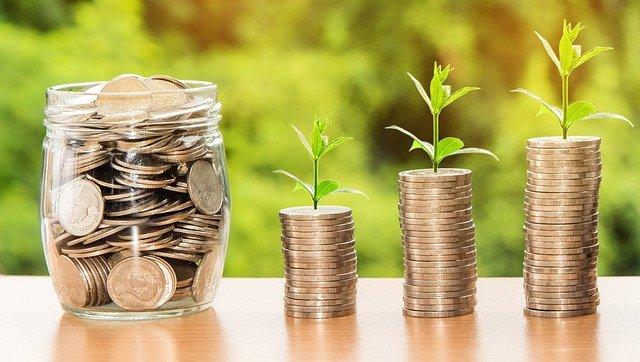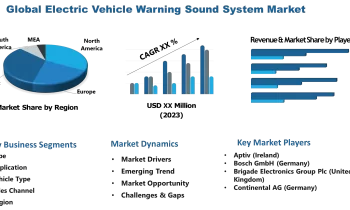
The COVID-19 pandemic has affected the growth of economies around the world.

GDP rates worldwide fluctuate between 26.21% to -66.65% annually, but due to the COVID-19 pandemic, the global growth is projected to be around -4.4%.
These five countries are known to be some of the fastest-growing economies worldwide:
#1: India
India is expected to maintain an average growth of 7.2% from 2021 to 2025. This marks it as one of the countries with the fastest economic growth among 132 other countries.
Although the country fell victim to the COVID-19 pandemic and had to lay down harsh lockdown protocols, their infection rates have fallen in recent months, and they are now starting their vaccination campaign.
Trade data and PMI readings show that India will have a supportive base for growth. Affecting these are factors such as their investments, exports, and surging consumptions.
Recent structural reforms started by India will also allow for better foreign participation in multiple areas of the Indian market, such as in insurance and agriculture.
Other structural reforms like the privatization of state-owned banks allow for a higher GDP for India’s economy. There may be risks to their structural reforms, but it’s a risk that favors them.
Despite India’s projected reforms, there is still lingering doubt on India’s commitment to ensuring these reforms come through. Their poor political infrastructure impedes growth.
India’s growth may also be hindered by its decision to bow out from the Regional Comprehensive Economic Partnership (RCEP). The RCEP is a free-trade pact between ASEAN countries—South Korea, New Zealand, Japan, China, and Australia.
#2: Bangladesh
By the time Bangladesh was considered an independent country, its economy was worth USD 8.7 billion. By 2020, their estimated GDP is around USD 317.44 billion, ranking them 41st worldwide.
Bangladesh is expected to have an average growth of 6.9% from 2021 to 2025. Although their growth momentum was met with a significant impact on their lower garment exports, the recent months have proven to be beneficial for them.
Healthy remittance inflows and the recovery of their industrial productions have helped them get back on their feet after the pandemic.
Moving forward, it is expected that Bangladesh’s economy will continue to present with rapid export growths and more substantial demands from their domestic companies.
Thanks to Bangladesh’s attempts to curb fertility rates, which is the population’s ratio legally allowed to work vs. the people who are not allowed to work, productivity is rising.
On top of their successful curbing of fertility rates, Bangladesh has also made remarkable progress in reducing poverty levels. They have gone from 44.2% to 14.8% within 25 years—from 1991 to 2016-17.
Literacy rates, food security, and life expectancies have also risen thanks to Bangladesh’s efforts.
However, Bangladesh may suffer due to the slow vaccination progress, presenting a downside risk to their economy.
#3: Rwanda
Rwanda is expected to grow an average of 6.7% from 2021 to 2025. The genocide that happened in the early 1990s did not help their economy and negatively affected their political and social industries.
Since then, Rwanda’s nominal GDP has risen from USD 2 billion to USD 10 billion within 19 years—from 2000 to 2019.
The COVID-19 pandemic abruptly cut off Rwanda’s rising progress. Businesses closed down, and Foreign Direct Investments plummeted.
Despite all that, Rwanda is still projected with a growth of 6.7% in five years. Surging investments should support this growth.
However, Rwanda’s development over the past years has relied heavily on Paul Kagame’s leadership. An abrupt end to his presidency could lead to uncertain times for the country.
On top of the possible loss of Paul Kagame’s leadership, Rwanda is in a weak fiscal position with low domestic savings and high energy costs. All of these pose a downside risk to the country’s economy.
#4: Vietnam
Vietnam’s stable political climate, skilled workforce, and low labor costs have all contributed to its growth over the past few years. Compared to other East Asian countries, Vietnam has continued to rise.
It is expected that Vietnam will maintain an average growth of 6.7% within five years from 2021 to 2025.
Their success in Foreign Direct Investments has been staggering, especially in garments and electronics’ fast-growing sectors.
Other than that, Vietnam serves as an excellent alternative for creating a base if firms want to relocate from China. The USA-China trade issue has only heightened the need for relocation.
Vietnam has since invested in a lot of trade deals, heightening their sales for exportation. One of these trade deals is the RCEP and FTA, which was created with the EU.
Vietnam has also been able to handle COVID-19 impressively. They managed to stamp out the virus internally and expand their growth last year at one of the fastest paces worldwide.
There should be strong support coming from Vietnam’s manufacturing sector, contributing to their projected average growth.
But their leader Nguyen Phu Trong is still recovering from fragile health issues, which could pose a downside risk to the country’s overall growth.
#5: Cambodia
Cambodia is famous for using its construction and garment sectors to spur growth over the years and increase its economic activity.
But like other countries, Cambodia’s economy took a brutal hit due to the COVID-19 pandemic. They lost tourism revenue due to travel bans and quarantine restrictions, and a general loss of income.
Despite all that, Cambodia is projected to have an average growth of 6.6% from 2021 to 2025 due to its strong FDI. Unfortunately, there is still risk posed by Cambodia’s high unemployment rates and tense relations with the European Union.
Since the EU is one of their primary markets for garment exports, multiple risks could drive Cambodia’s economy to the ground.
Conclusion
These rankings are based primarily on the rankings featured in Focus Economics, supplemented by a little information from Nasdaq.
The analysis of IMF data and nominal GDP played a large part in helping rank the countries whose economies were growing at an astonishing rate.



